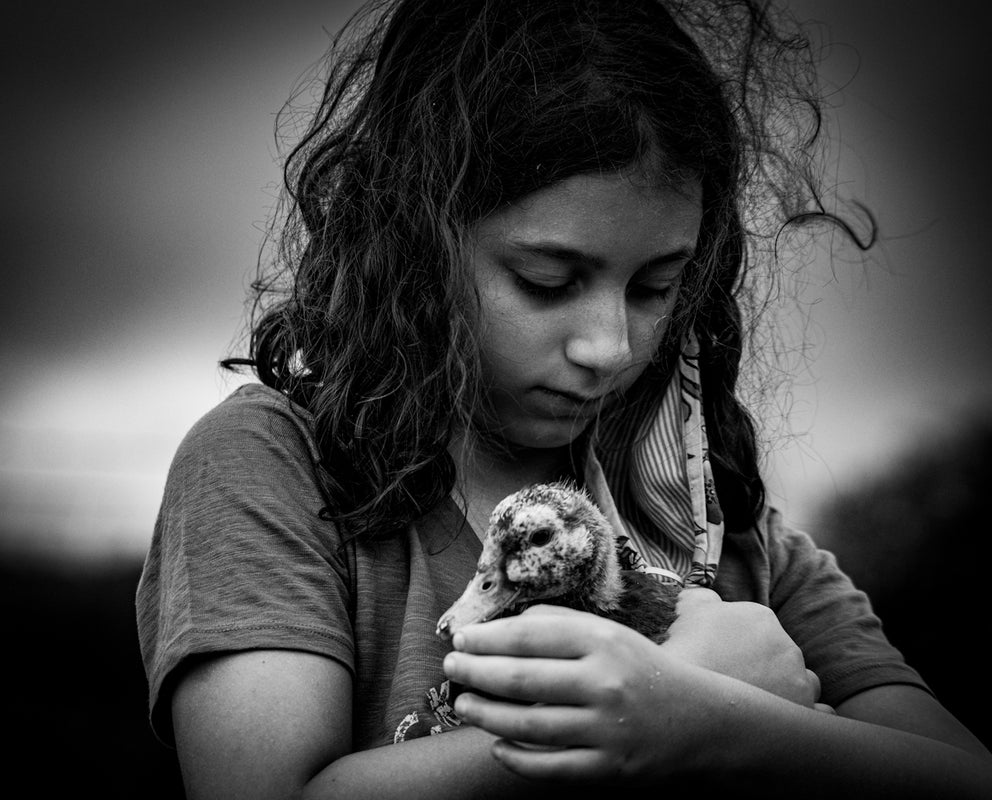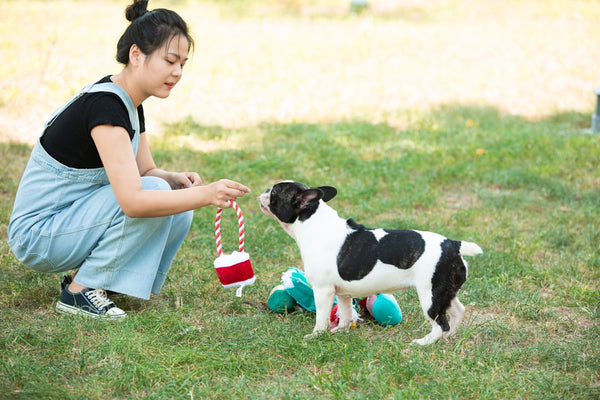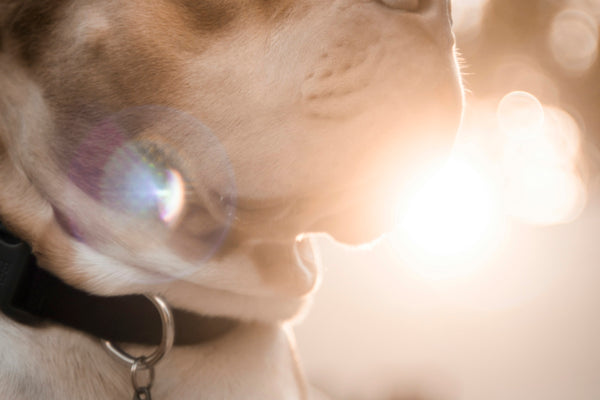Pets are more than just our companions—they’re part of our families. However, many pet owners often feel puzzled by their pets' behavior, trying to decode what their furry friends are really trying to communicate. Understanding pet behavior not only strengthens the bond between you and your pet but also ensures their well-being. In this blog post, we will dive into some common pet behaviors and what they might mean.
Common Pet Behaviors Decoded
Tail Wagging
If you’re a dog owner, you’ve probably noticed that tail wagging comes in different styles and speeds. Contrary to popular belief, not all tail wagging signifies a happy pet. A high, rapid wag often indicates excitement, while a slow, low tail wag can mean a sign of insecurity or fear. Understanding these subtleties helps you respond appropriately to your dog’s needs.
Purring and Kneading
For cat lovers, the sound of purring can be therapeutic. Cats often purr when they’re content, but it's also a mechanism they use for comfort when they’re anxious or sick. Kneading, or the act of pushing their paws in and out against a soft surface, is usually a sign that your cat feels safe and comfortable.
Licking
Dogs and cats both use licking as a form of communication. While a dog's lick can be a show of affection or submissiveness, constant licking may be a sign of stress or a developing health issue. Similarly, cats use licking to groom themselves and their humans, signaling trust and affection.
Playful Biting
Kittens and puppies often playfully bite, which is a normal part of their juvenile development. It is essential to provide them with ample toys to redirect this behavior. For dogs, the PawJoy Squeaky Ball Set is a great option to keep them engaged, while for cats, consider interactive toys that pique their interest.
Addressing Behavioral Issues
Separation Anxiety
Pets with separation anxiety can be challenging. They may bark excessively, destroy furniture, or even have accidents indoors. Training and gradual desensitization can help, but it’s essential to make your pet feel comfortable and secure. The Pet Car Hammock Seat provides a safe space for your pet during travels, offering some much-needed security.
Aggression
Aggression is a severe issue that requires immediate attention. Whether it's due to fear, territorial behavior, or medical issues, understanding the root cause is crucial. Consult with a vet or an animal behaviorist to address these behaviors properly.
Building a Stronger Bond
Understanding pet behavior is a continuous journey that enhances your relationship with your pet. By recognizing what they are attempting to communicate, you can respond better to their needs and build a stronger, trusting relationship.
For more tips and insights on pet care, visit My Pet Collective.
Remember to observe your pet's cues, respond with love, and provide what they need to thrive.
Happy pet parenting!








